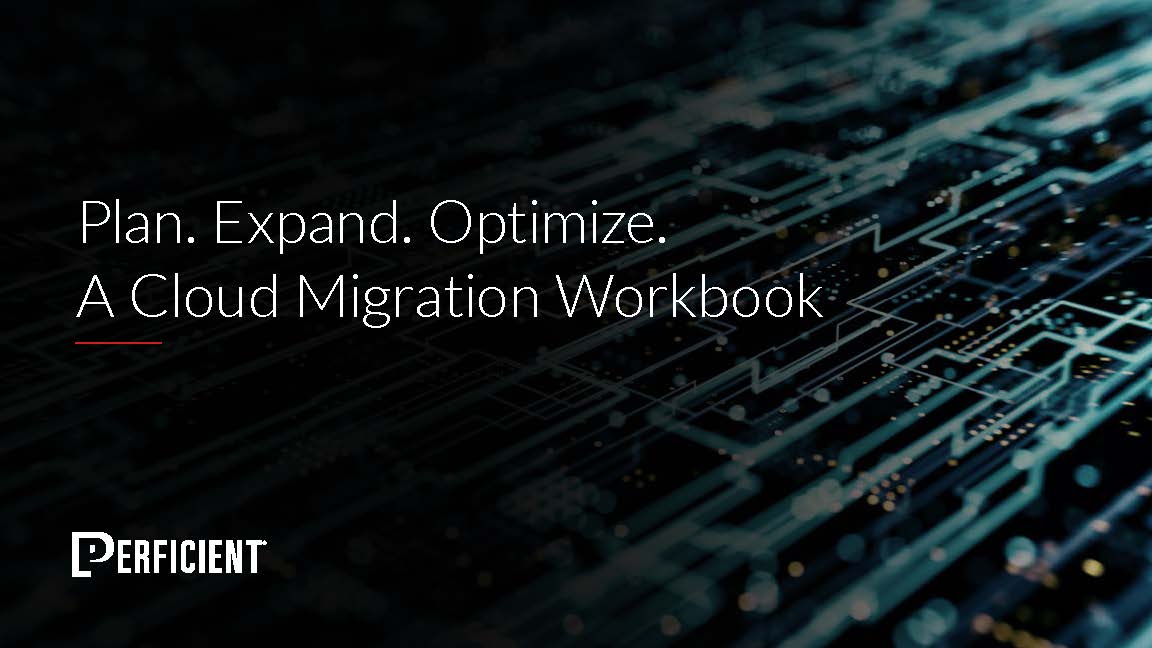To begin, let’s first define multi-cloud. Multi-cloud is a term for the use of more than one public cloud service provider for virtual data storage or computing power resources, with or without any existing private cloud and on-premises infrastructure. Multi-cloud is different than hybrid cloud, which involves the use of public cloud in conjunction with private cloud.
Multi-cloud service providers may host three types of services:
- Infrastructure as a Service (IaaS): Known as the fundamental building blocks of cloud, IaaS is comprised of highly automated and scalable compute resources augmented by virtually unlimited cloud storage and network capability. IaaS provides the freedom to choose the configuration, can be self-provisioned, metered, and is available on demand.
- Software as a Service (SaaS): Similar to the client-server model, where the client is typically a web browser, SaaS provides an interface to the application that is running on the server. SaaS moves software management and deployment to third-party services.
- Platform as a Service (PaaS): PaaS provides a platform for application development and deployment in an environment that is abstracted from the operating system, server software, as well as the underlying server hardware and network infrastructure. PaaS provides a full lifecycle of services required to provision, run, and support your infrastructure.
Why use a multi-cloud strategy?
While some organizations are still exploring the viability of a cloud strategy, others have moved to scale up on their deployments and create multi-cloud environments. The breadth of services, cost savings, business agility, and innovation opportunities help organizations compete in crowded markets.
Other distinct benefits include:
- Unique Services: Organizations have the freedom to choose from different cloud providers to best fit specific application and/or business needs.
- Scalable: An enterprise can quickly scale according to fluctuations in demand.
- Availability and Performance: Regional public clouds optimize availability, performance, and resource efficiency.
- Compliance with governmental regulation: New and existing regulations will restrict how and where companies can store data in the cloud. A multi-cloud strategy can help ensure organizations comply with such rules and regulations.
- Save money and space: Most organizations that employ multi-cloud capabilities use the public cloud for IaaS, avoiding the cost of maintaining and building a datacenter.
- Flexible: Organizations are not limited to the services that one vendor provides. Additionally, organizations that use vendors that offer pay-as-you-go pricing can save significant amounts of money by scaling cloud services up or down according to demand.
Before adopting a multi-cloud strategy, it is important to consider that the use of multiple vendors increases vulnerability. Although public clouds have robust security features, different vendors often use different security monitoring tools, and so it is important to consider adopting a tool or platform that synchronizes and automates security policies.
How to prepare for a multi-cloud deployment
In the journey to the cloud, organizations must go through an auditing, strategy, and minimum viable product (MVP) process to indicate their goals and vision for cloud. In moving to multi-cloud, strategists and technologists undertake similar strategies to ensure the right adoption of tools and resources. An example of these activities may include:
- Understanding the business
- Understanding current applications and infrastructure
- Defining security and associated protocols
- Defining governance and training needs
- Defining resource management and operations
- Defining implementation and automation
It is important to note that organizations that embark on either homogenous or heterogenous cloud implementations can simply deployments by taking advantage of multi-cloud environment management tools (e.g. Kubernetes).
Why Perficient
With a team of more than 200 cloud experts, Perficient is uniquely equipped to help your organization with its multi-cloud strategy. We have expertise with a vast array of platforms, broad solutions portfolios, dedicated industry expertise, and strong partnerships with the world’s leading technology vendors.
Learn more about our cloud practice here.

